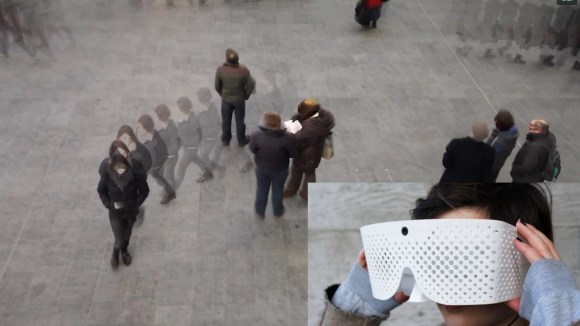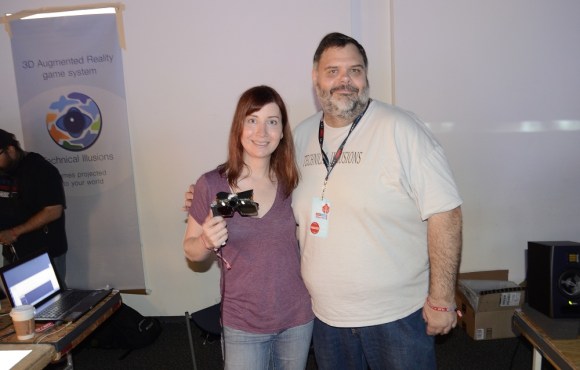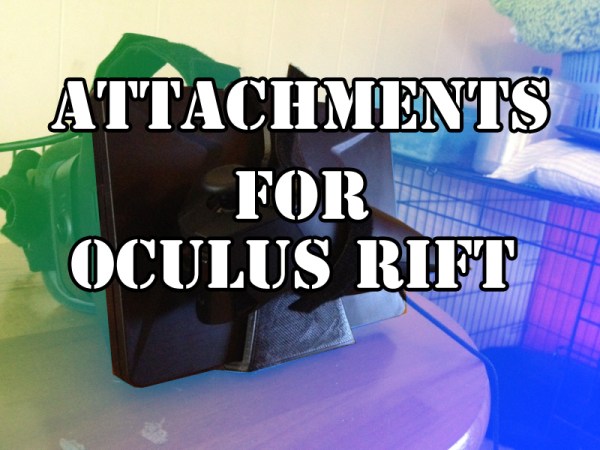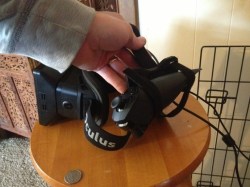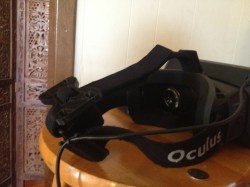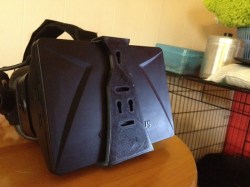
[Jeri, Rick and the Technical Illusions crew] have taken the castAR to Kickstarter. We’ve covered castAR a couple of times in the past, but the Kickstarter includes a few new features just ripe for the hacking. First, castAR is no longer confined to a retro-reflective surface. In fact, it’s no longer confined to augmented reality. An optional clip on adapter converts castAR into a “free” augmented reality or a full virtual reality system.
[Jeri] has also posted a video on her YouTube channel detailing the entire saga of castAR’s development (embedded after the jump). The video has a real “heart to heart” feel to it, and is definitely worth watching. The story starts with the early days (and late nights) [Rick] and [Jeri] spent at Valve. She goes through the split with Valve and how the two set up a lab in [Rick’s] living room. [Jeri] also outlines some of the technical aspects of the system. She explains how the optics have been reduced from several pounds of projectors to the mere ounces we see today.
Another surprise addition is the lower level tier rewards of the campaign. The castAR tracking system is offered. The campaign page says the tracking system can be mounted to anything from robots to other VR headsets. The possibilities for hacking are almost endless. We’re curious about setting up our own swarm of quadcopters similar to the UPENN Grasp Lab. The RFID tracking grid is also offered as a separate option. In the gaming system this will be used for tracking tabletop game pieces. Based upon the Kickstarter page, it sounds as if the grid will not only use RFID, but a camera based tracking system. We’re definitely curious what possibilities this will hold.
As of this writing, the castAR Kickstarter campaign is already well past the halfway mark on its way to a $400,000 USD goal.

